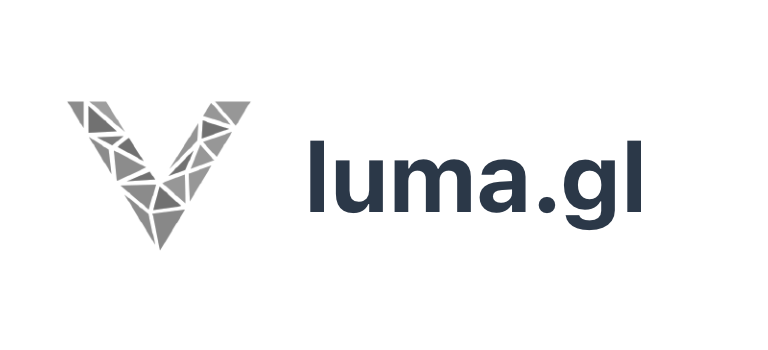← Back to MapLibre GL JS roadmap

Refactoring MapLibre GL JS to use the modern luma.gl rendering engine instead of maintaining a large custom WebGL layer.
Why consider this change?
- Maintenance: luma.gl already provides device/context management, shader module composition, and typed buffer abstractions that we maintain ourselves today.
- WebGPU Path: luma.gl has active WebGL2 + WebGPU support, which could accelerate MapLibre’s transition beyond WebGL once browsers graduate WebGPU to stable status.
- Ecosystem: Aligning with luma.gl opens the door to sharing more tooling with the vis.gl ecosystem (deck.gl, loaders.gl, etc.).
Open questions being answered during this discovery phase:
- How much of our custom rendering pipeline (painter, bucket, program management) can be swapped out incrementally?
- What are the bundle-size and performance trade-offs when depending on luma.gl?
- How will the change impact downstream consumers that customize shaders or rely on undocumented WebGL hooks?
If you are interested in helping scope or prototype this work, please join the discussion in the #maplibre-gl-js Slack channel or open an exploration issue in the MapLibre GL JS repository.